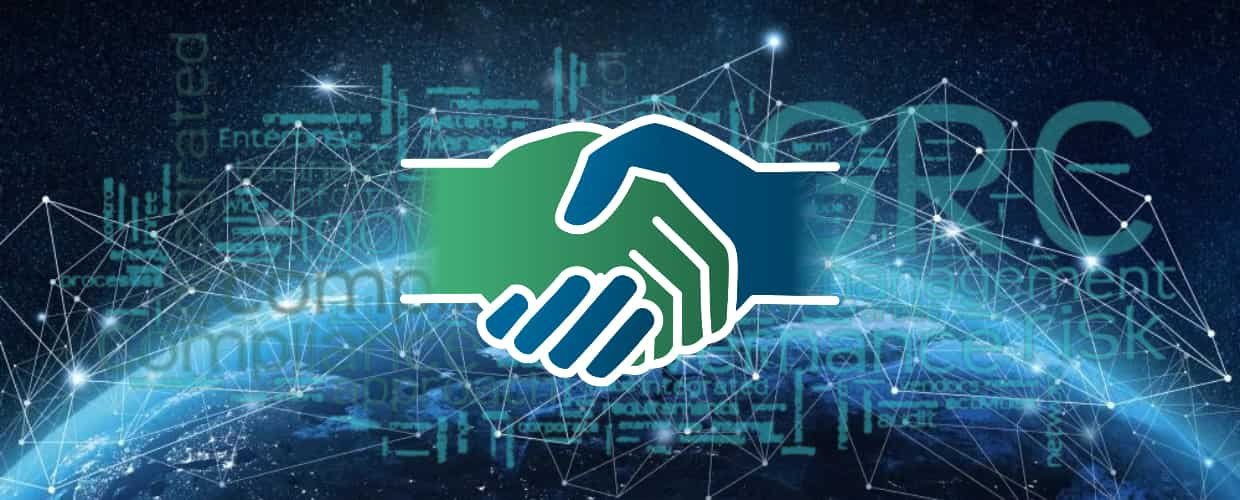Balancing GRC is essential to any successful global organization. GRC is the foundation of effective risk management, and it helps organizations ensure that they are operating within legal and regulatory frameworks and adhering to ethical standards.
Governance, Risk, and Compliance
Governance refers to the rules and regulations that govern an organization’s operations, including the policies, procedures, and guidelines that dictate how an organization should conduct itself. On the other hand, risk management involves identifying potential risks to the organization and taking steps to mitigate those risks. Meanwhile, compliance ensures that the organization follows all relevant laws, regulations, and ethical standards.
Balancing GRC elements is essential to the success of any global organization. On the one hand, a strong governance framework is necessary to ensure that the organization operates efficiently and effectively. On the other hand, a robust risk management program is needed to protect the organization from potential harm. Finally, compliance is essential to ensure the organization follows all relevant laws and regulations.
Challenges for Balancing GRC
Balancing GRC can be challenging, especially in a global organization. One of the main challenges is the diversity of regulatory environments in which organizations operate. For example, a global organization that operates in multiple countries must comply with the laws and regulations of each of those countries, which can be a time-consuming and complex process that needs significant resources.
Another challenge is the conflict between governance, risk, and compliance. For example, a company may want to enter a new market, posing significant risks. In this case, the company must balance the potential benefits of entering the market against the risks of doing so. It can be challenging because the company must weigh the potential financial benefits against the potential risks and compliance issues.
GRC Strategy and Communication
To balance GRC, global organizations must adopt a holistic approach to GRC, which involves developing a comprehensive GRC strategy that considers the organization’s goals, values, and culture. The strategy should be based on a thorough understanding of the regulatory environment in which the organization operates and should be flexible enough to adapt to changes in that environment.
Another key element of achieving a balance between GRC is communication. Effective communication is essential to ensure that all stakeholders understand the importance of GRC and their role in achieving it, including communication between different departments within the organization and with external stakeholders such as regulators, customers, and suppliers.
Technology also plays a crucial role in achieving a balance between GRC. For example, risk management software can help organizations identify and mitigate potential risks, while compliance software can help organizations ensure that they follow all relevant laws and regulations. Similarly, governance software can help organizations develop and implement policies and procedures that promote effective governance.
Conclusions
Achieving a balance between governance, risk, and compliance is essential to the success of any global organization. However, it is a complex and challenging task that requires a holistic approach, effective communication, and the use of technology.
Organizations can develop GRC programs that promote ethical behavior, protect against potential harm, and ensure compliance with relevant laws and regulations. Ultimately, this will help organizations build trust with stakeholders and achieve long-term success.



